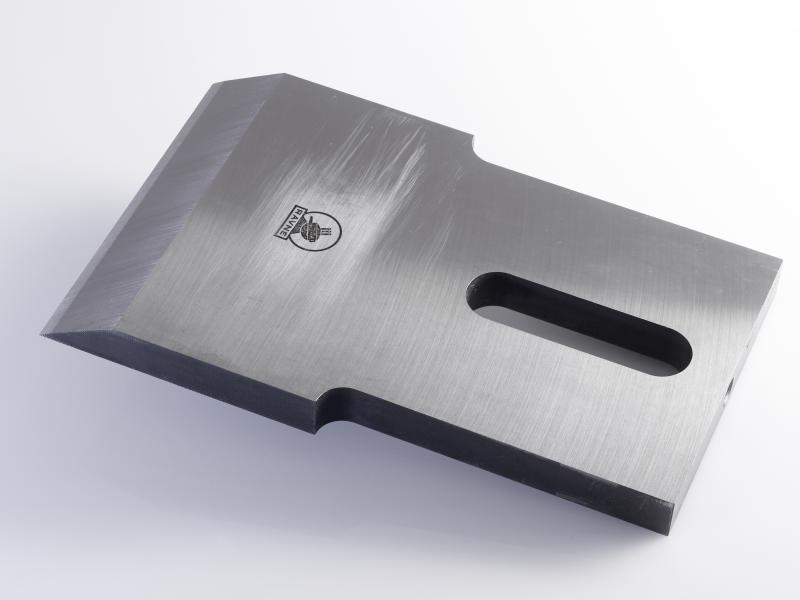Types of Chipper Blades by usage
There are different types of chipper blades, and each one is designed for a specific purpose. Therefore, it is important to know which kind of blade you need to choose the right one for your chipper. We will discuss the different types of blades and how to choose the right one for your needs. Also, we will talk about the strength of chipper knife steel and how often it should be sharpened.
What are the types of chipper blades available today?
Different types of chipper blades are available on the market today. Each type of blade is designed for a specific purpose. The most common types of chipper blades are:
- Standard Blades: These blades are designed for general purpose use. They can be used to chip wood, plastic, and metal.
- Heavy-Duty Blades: These blades are designed for heavy-duty use. They can be used to chip wood, metal, and concrete.
- Extreme Duty Blades: These blades are designed for extreme duty use. They can be used to chip wood, metal, concrete, and stone.
When choosing a chipper blade, it is important to know what material you will be chipping. Different materials require different types of knives. For example, if you are only going to be chipping wood, then a standard blade will suffice. However, if you are going to be chipping concrete, metal, and stone, then an extreme-duty edge will be necessary.
In addition to the type of material you will be chipping, you also need to consider the size of the material. Different sizes of materials require different types of blades. For example, if you are only going to be chipping small pieces of wood, then a standard blade will suffice. However, if you will be chipping large pieces of metal, then a heavy-duty blade will be necessary.

How can you tell when to replace your wood chipper knife?
The best way to tell if it is time to replace your wood chipper knife is to inspect it regularly. You should look for signs of wear and tear, such as cracks or chips in the blade. If you notice any of these signs, it is time to replace your wood chipper knife. In addition, you should also sharpen your blade regularly. How often you need to sharpen your blade will depend on how often you use your chipper.
Are there any dangers associated with using chipper knife steel, and avoiding them?
There are a few dangers associated with using chipper knife steel:
- The blades are incredibly sharp and can cause serious injury if not used properly.
- The chipper knife steel can become dull over time and may need to be replaced more often than other blades.
- If the blades are not properly maintained, they can rust and corrode.
As you can see, there are a few dangers associated with using chipper knife steel. However, these dangers can be avoided by following the manufacturer’s instructions carefully and inspecting your blades regularly. By doing so, you can ensure that your chipper is always safe to use.
Determine best type for your needs, and install it properly on the chipper machine?
To determine which type of blade is best for your needs, you need to consider the type of material you will be chipping and the size of the material. Different sizes of materials require different types of blades.
To install the blade properly on the chipper machine, you must follow the manufacturer’s instructions:
- You need to remove the old blade from the machine.
- You need to clean the area where the new blade will be installed.
- You need to install the new blade and tighten it according to the manufacturer’s instructions.
Safety concerns to be considered for a chipper machine with a different blade?
When using a chipper machine with a new or different chipper blade installed, there are some safety concerns that you should take into consideration:
- You should always wear safety glasses or goggles when operating the machine.
- You should make sure that the area around the machine is clear of debris before starting it.
- It would help if you never put your hands near the blades while the machine is running.
By following these safety tips, you can help prevent accidents when using a chipper machine with a new or different blade installed. Always read the manufacturer’s instructions before operating the device, and never hesitate to contact them if you have any questions or concerns.
As you can see, there are different types of chipper blades available on the market today. Each type of blade has a specific purpose. When choosing a chipper blade, it is important to consider the type of material you will be chipping and the size of the material. You should also inspect your blade regularly and sharpen it regularly. By following these tips, you can ensure that your chipper is always performing at its best


